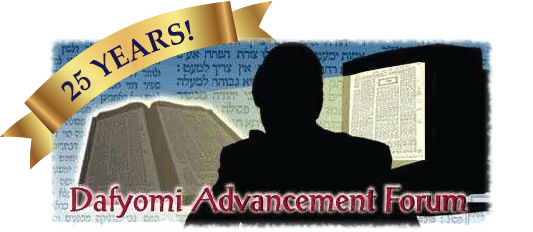What do "Shukav" represent?
Seforno: These are actions of the legs - ascending for the festivals and Hakhel. These Mitzvos are like marble pillars secured in gold sockets. The sockets are more esteemed than the thighs. So the intent of these Mitzvos is so we will learn to love and fear Hashem - "Ki mi'Tziyon Tetzei Sorah" (Yeshayah 2:3).
What are "Amudei Shesh"?
Rashi: They are pillars of Shayish (marble). This is like "Al Gelilei Chesef Amudei Shesh" (Esther 1:6).
Rashi (16, according to the metaphor): A pillar has a crown above and a base below. So Parshiyos in the Torah have a crown above and a base below, and are connected in front of them and after them, e.g. the Parshiyos of Shemitah, Yovel and "v'Chi Simkero Mimkar" (Vayikra 25:14), to teach that how severe is [the punishment for] the dust (a light Isur, i.e. selling produce) of Shemitah, like it says in Erchin 1 ! Also "Yifkod Hashem Ish Al ha'Edah"; "Tzav... Es Korbani Lachmi..." (Bamidbar 27:16, 28:2) - rather than ` directing Me about [appointing a leader for] My children, command them about [what they must do] for Me!
Malbim (Melitzah): The end of His deeds is the physical world, which has six pillars (the four directions, up and down).
Erchin 30b 2
: If one sells Peros Shemitah, he will later need to sell his Metaltelim. If he does not sense (that Hashem is punishing him), he will need to sell his fields ("Ki Yamuch Achicha u'Machar me'Achuzaso"), his house ("v'Ish Ki Yimkor Beis Moshav Ir Chomah") and his daughter ("v'Chi Yimkor Ish Es Bito l'Amah.") He will need to borrow (from a Nochri) on interest - "v'Chi Yamuch Achicha... Al Tikach me'Ito Neshech v'Sarbis." He will need to sell himself - "v'Chi Yamuch Achicha v'Nimkar Lach" - and not "Lach (to you, a Yisrael)," rather, "l'Ger", and not to a convert, rather, "l'Ger Toshav" (a Nochri who accepted to guard his seven Mitzvos), "Mishpachas Ger" (to a Nochri) "Oh l'Eker" to idolatry itself (e.g. to chop wood for it).
What are "Adnei Paz"?
Rashi: Refer to 5:15:2:2.
Malbim (Melitzah): They are supported on Hashem, who surrounds them and fills them with a silver rope of His Hashgachah. His head is fine gold, reaching to His thighs; also they are supported via gold sockets.
What do we learn from "Mar'ehu ka'Lvanon"?
Torah Temimah citing Sanhedrin 100a: Anyone who blackens his face (Ramah - goes hungry) in this world for the sake of Torah, Hashem will make him radiant in the world to come.
Rashi (16, according to the metaphor): One who looks into Divrei Torah and contemplates them finds in them flowers and Lulavim, like a forest that buds. So one who contemplates Divrei Torah finds new reasons.
Seforno: His appearance ("Pnei ha'Adon Hashem" - Shemos 23:17) is more esteemed than all that we appear in front of Him, also in Batei Kenesiyos and Batei Midrash, for there 1 sat the Great Sanhedrin.
Malbim (Melitzah): Countless Neti'im (trees) grow in Levanon - so He is full of different Neti'im. I.e. there are many higher and lower beings, and He is the source of all of them. He bears and sustains them.
In the Beis ha'Mikdash, which is called Levanon. (PF)
What is "Bachur ka'Arazim"?
Rashi: It is chosen among the sons, a cedar among other trees.
Rashi (16, according to the metaphor): He is chosen, like a cedar is chosen for building, strength and height.
Seforno: Similarly, [Levanon, the Beis ha'Mikdash,] is chosen over all other places for Tefilah "v'Zeh Sha'ar ha'Shamayim" (Bereishis 28:17).
Malbim (Mashal): Cedar is the tallest tree of Levanon - so He [is greatest] amidst His legions for Gevurah and ability.




